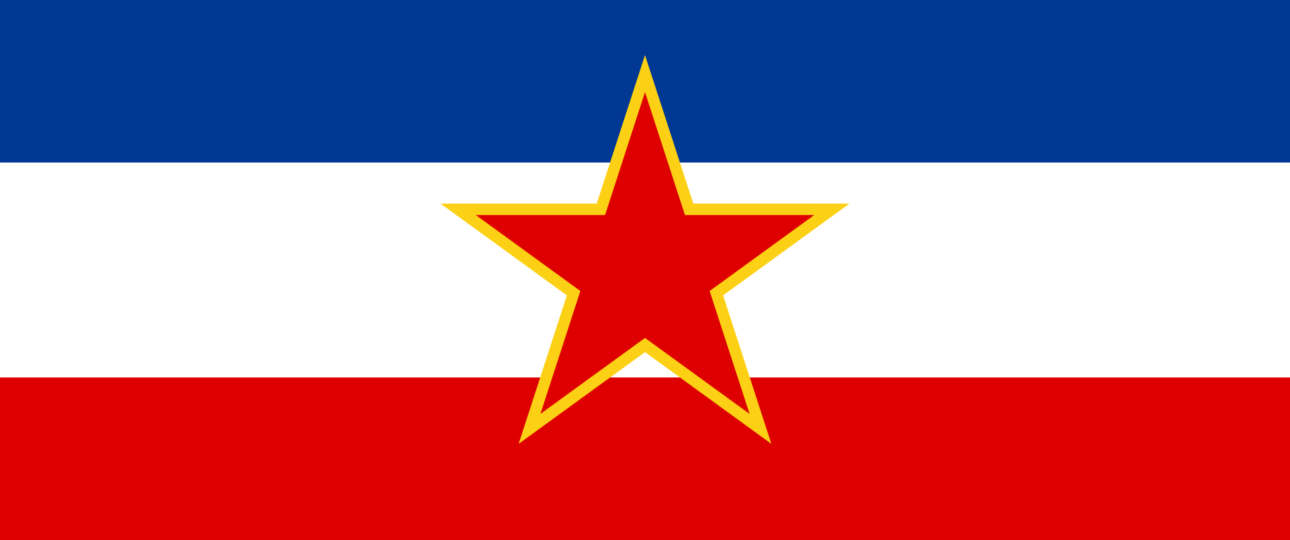May 4th, 1980 marks one of the most pivotal moments in the history of the former Yugoslavia — the death of Josip Broz Tito, the country’s long-standing president and revolutionary leader. Tito’s passing signaled not just the loss of a political figure but the beginning of a slow and irreversible unraveling of the Yugoslav federation.

Who Was Tito?
Josip Broz Tito (1892–1980) was a Yugoslav revolutionary, statesman, and military leader. During World War II, he led the Partisan resistance movement against Nazi occupation — one of the most effective anti-fascist forces in Europe. After the war, he emerged as the leader of the newly formed Socialist Federal Republic of Yugoslavia (SFRY), a federation composed of six republics: Bosnia and Herzegovina, Croatia, Macedonia, Montenegro, Serbia, and Slovenia.
A Unique Leader in the Cold War Era
Tito was admired and respected globally for his non-aligned stance during the Cold War. He distanced Yugoslavia from both the Soviet Union and the Western bloc, co-founding the Non-Aligned Movement with leaders like Nehru of India and Nasser of Egypt. This independence gave Yugoslavia a unique place in global politics and allowed it to maintain political sovereignty and economic cooperation with both East and West.
May 4, 1980: The Death of Tito
After a long illness and several months of hospitalization, Tito died on May 4, 1980, in Ljubljana, the capital of Slovenia. His death was officially announced on Yugoslav state television at 3:05 PM, interrupting a live broadcast of a handball match. The news left the nation in shock.
Across the country, people wept openly in the streets, workplaces and schools came to a halt, and spontaneous gatherings formed to mourn the man who had led Yugoslavia for nearly four decades. Sirens rang out, and a national period of mourning was declared. The grief was real and widespread, reflecting Tito’s powerful legacy as a symbol of unity and stability.
A Funeral Watched by the World
Tito’s funeral on May 8, 1980, was one of the largest state funerals in modern history. It was attended by over 200 foreign delegates, including kings, presidents, and prime ministers from across the globe — among them Margaret Thatcher, Leonid Brezhnev, Helmut Schmidt, Saddam Hussein, Fidel Castro, and Indira Gandhi. This rare gathering of world leaders from both sides of the Cold War emphasized Tito’s international stature.
What Followed: The Slow Disintegration of Yugoslavia
In the years following Tito’s death, Yugoslavia began to weaken. While his leadership had managed to keep the federation together, ethnic tensions and economic troubles had been simmering beneath the surface.
Without Tito’s unifying presence, the power structure shifted to a rotating presidency, which lacked strong leadership and strategic direction. Throughout the 1980s, economic decline, rising nationalism, and increasing political instability set the stage for the violent breakup of Yugoslavia in the 1990s.
Tito’s Legacy Today
Tito remains a controversial but undeniably impactful figure. In some parts of the former Yugoslavia, especially among older generations, he is remembered fondly as a charismatic leader who brought peace, stability, and dignity. For others, especially in the post-Yugoslav era, he is criticized for his authoritarian rule and suppression of political dissent.
Nevertheless, May 4th remains a day of historical reflection, not just about the man, but about an era of shared identity, complex history, and missed opportunities.
The death of Josip Broz Tito on May 4, 1980, was more than just the end of a leader—it was the beginning of the end for a nation. As the man who held together a diverse federation with a delicate balance of diplomacy, charisma, and control, Tito’s absence left a vacuum that no one could fill. Today, remembering this day offers a moment to reflect on a turbulent but fascinating chapter in Balkan and world history.



